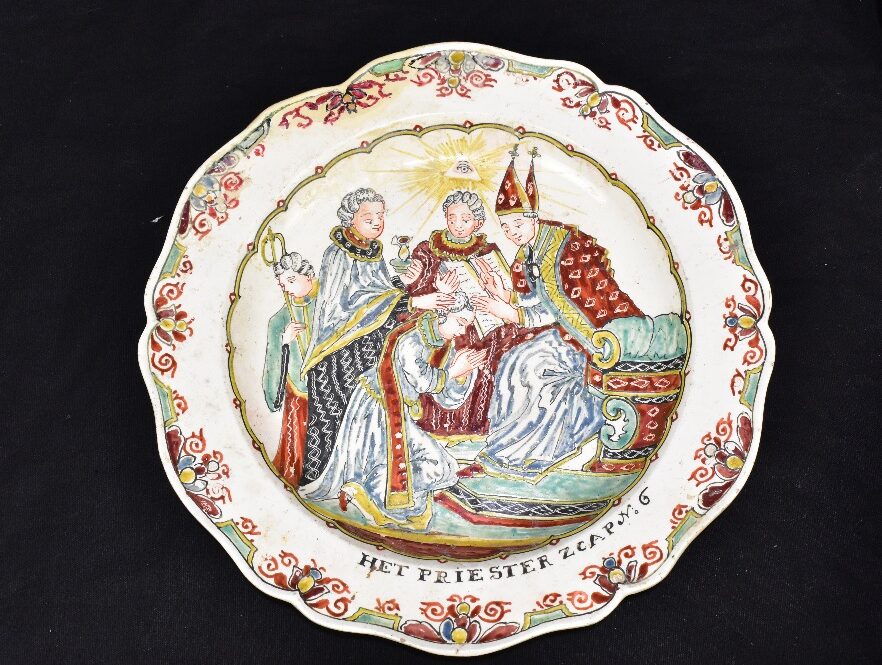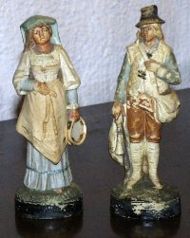 antique
antique
New Sister Site Porcelain.Zone
Great news we have acquired a new sister website called Porcelain Zone where we hope to illustrate individual objects from various collections that we hope might be of interest. you will find the new site linked in the menu – but for quickness – www.porcelain.zone. As a result we are updating the look for Antiques Review and MarksOnChina.com to make moving between the sites more seamless.





